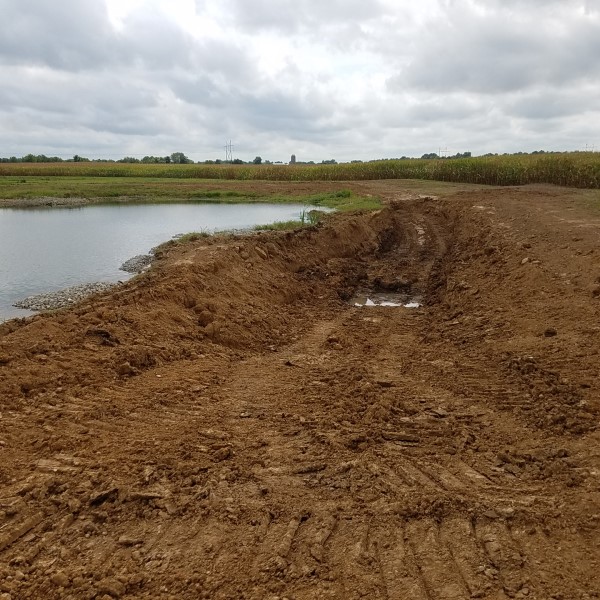Compaction - 08/15/18 07:24 PM
I as many others found this forum after the fact. We built a 1.2 acre pond last fall that filled quickly after many rains totaling 8-10 or more. It was full enough for a while to be emptying over the top of the dam in one corner. Almost immediately water started springing up from the behind the dam behind one corner with the pond losing 1" or more of water level a day.. As of today with the extremely dry weather we've had, and with lack of much rainfall the pond has leaked til it is almost completely dry. This has revealed several holes in the pond bottom towards one side and corner on the dam end the water has been leaking through. When the pond was built it was not packed with a roller just the dozer ran over it. I guess my next option is to have a dozer back in to clean out the sediment that has washed into the pond and then dig out a few feet deeper and put back in layers and compact with a sheepsfoot. I see everyone on here say compact 24" in layers, my question is does the dozer dig out 24" then redistribute in layers and compact or dig out enough that the compacted layer is 24" thick? The pond is between 10-12 feet deep on the dam end going to about 3-4 feet deep on opposite shallow end.


